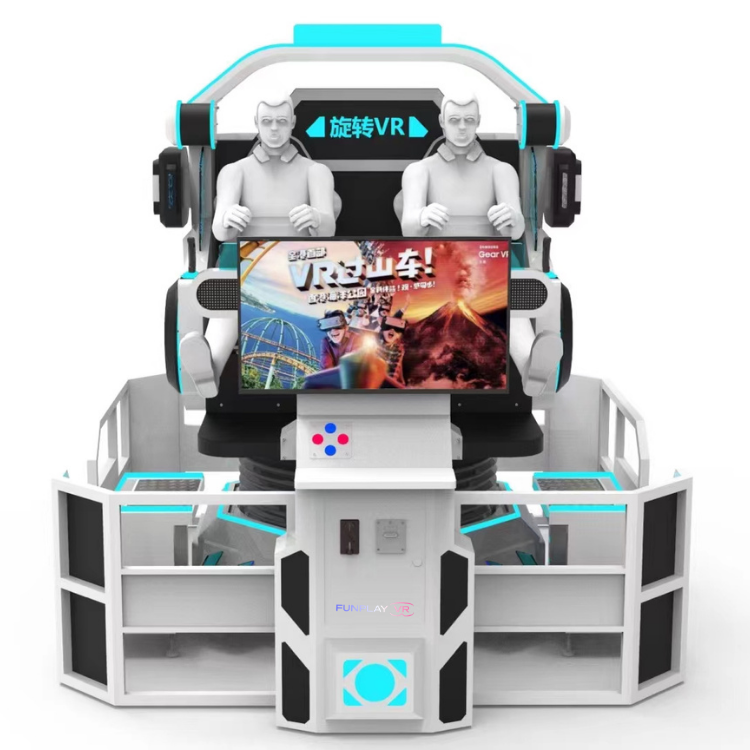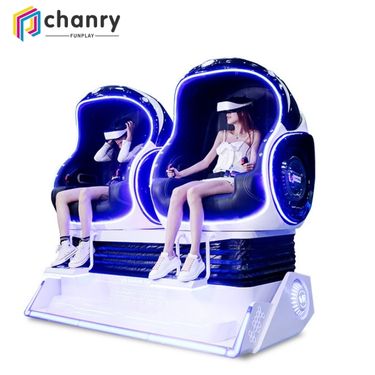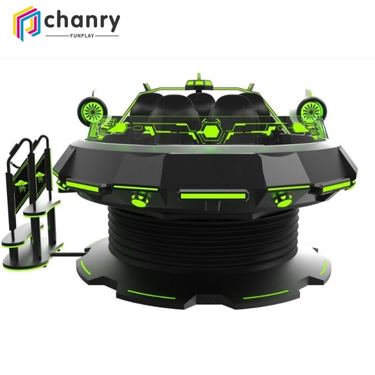Selecting the Right VR Equipment: Balancing Cost, Content, and Return on Investment
Introduction: The decision to invest in VR equipment is a significant one, often involving a careful evaluation of costs, content, and potential returns. The market presents a variety of options, ranging from high-priced devices with premium content to more affordable alternatives with a wider array of games. This article aims to guide purchasers through the process of selecting VR equipment that meets their needs and offers a satisfactory return on investment.
The High-End VR Equipment Dilemma:
- Premium Pricing: High-end VR devices often come with a hefty price tag, which can be a barrier for many consumers.
- Exclusive Games: These devices may offer exclusive, high-quality games that require additional payments for updates or new content.
- Longer Payback Period: The higher initial cost can result in a longer time to recoup the investment, especially if the content updates are costly.
The Affordable VR Equipment Advantage:
- Lower Initial Cost: More affordable VR devices are accessible to a broader range of consumers and businesses.
- Wider Game Selection: These devices often provide a larger library of games, which can attract a more diverse user base.
- Faster Payback: With lower costs and a greater number of accessible games, these devices can offer a quicker return on investment.
Key Factors to Consider When Choosing VR Equipment:
- Target Audience: Understand the preferences and budget of your target audience to determine whether they would prefer high-quality exclusive experiences or a broader range of games.
- Content Sustainability: Consider whether the content library of the VR device is likely to remain engaging over time and if additional content costs are justifiable.
- Total Cost of Ownership: Factor in not only the initial cost but also the ongoing expenses related to content updates and maintenance.
Striking the Right Balance:
- Cost-to-Benefit Analysis: Weigh the initial investment against the potential enjoyment and revenue generation that each type of VR equipment can bring.
- Content Variety and Quality: Look for a balance between the number of available games and the quality of the gaming experience they provide.
- User Retention Strategies: Consider how often users are likely to return to use the VR equipment based on the content offered and any additional costs involved.
The Future of VR Content:
- Subscription Models: VR companies may offer subscription services that provide access to a range of games and regular updates for a fixed fee.
- Cross-Platform Compatibility: Choosing VR equipment that is compatible with multiple platforms can future-proof your investment and provide access to a wider range of content.
- Community and User-Generated Content: VR platforms that support community involvement and user-generated content can offer a more dynamic and evolving gaming experience.
Choosing the right VR equipment is about finding a balance between cost, content, and user satisfaction. It’s essential to consider the total cost of ownership, the target audience’s preferences, and the potential for content to remain engaging over time. By carefully evaluating these factors, purchasers can select VR equipment that offers an optimal mix of quality, variety, and value, ensuring a satisfying experience for users and a solid return on investment.




